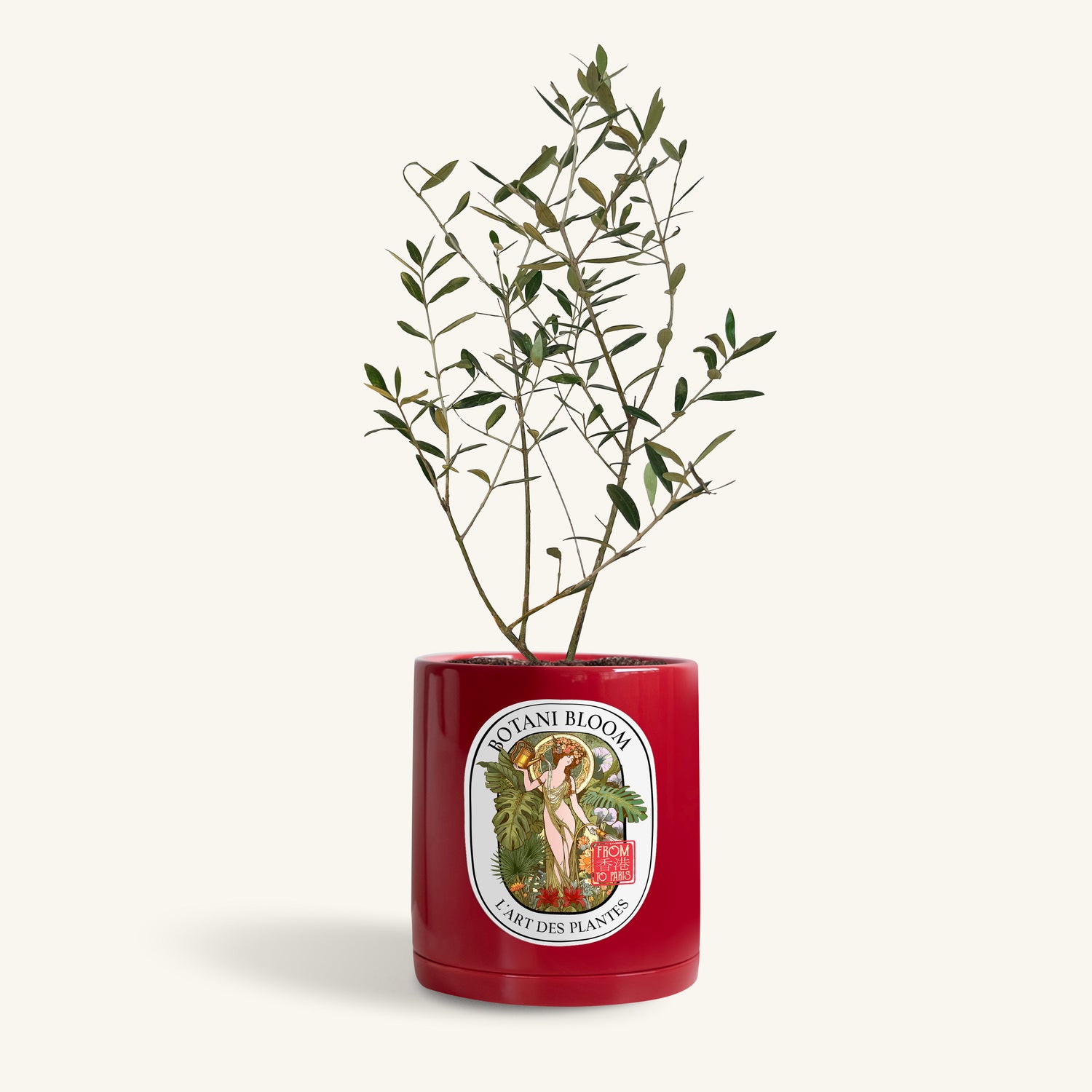Watering Your Plants: A Complete Guide to Keeping Them Healthy and Thriving

In this blog, we’re diving into the essentials of watering indoor plants. Mastering the right techniques is crucial to ensure your plants remain vibrant and strong, and just a few adjustments can make all the difference. Here’s your guide to understanding how, when, and how much to water, including tips for specific methods and unique care situations.
Why Is Watering So Important?
Watering is more than just a daily chore—it’s essential for your plants' growth and survival. Water aids in nutrient transport, supports photosynthesis, and helps plants maintain structure by creating internal cell pressure. Proper hydration ensures that plants can perform these functions, resulting in healthier, more resilient growth.
Ensure Proper Drainage for Healthy Roots
Before we get into watering techniques, let’s talk about drainage. It’s crucial that your pots have drainage holes at the bottom to allow excess water to escape, preventing waterlogged soil that can cause root rot. If water doesn’t drain, it creates a soggy environment that is detrimental to plant health. A pot with good drainage is the first step to preventing overwatering and ensuring your plants have a healthy root environment.
Understanding How Often to Water Your Plants
Finding the right watering frequency is key, as it varies depending on the type of plant, its environment, and seasonal changes. Generally, most plants are ready for water when the top inch of soil feels dry to the touch. Checking soil moisture regularly is a practical approach that prevents both under-watering, which can cause wilting, and over-watering, which can lead to root rot. Adjustments based on your plant's response will help you tailor watering frequency to each plant's unique needs.
The Traditional Watering Method: Keep It Simple
The traditional watering can is one of the most straightforward and effective ways to water your plants. Pour water directly into the soil until you see it trickling out of the drainage hole. This ensures that the entire root zone receives the necessary moisture. Be mindful to distribute the water evenly, promoting balanced root hydration. This method suits most plants and is perfect for daily or weekly watering routines.

Deep Watering Technique: For a More Thorough Hydration
For plants that require a deeper soak, consider the deep watering method. Place the pot in a shallow container or sink with water, allowing the plant to draw moisture up from the bottom over 20 minutes or so. This method is ideal for plants that prefer consistently moist soil or have dense root systems, as it encourages deep-root hydration and supports healthy growth.

The Right Amount of Water: Avoiding Over-Watering and Under-Watering
The amount of water you give your plants should be enough to saturate the soil until you see some excess draining from the bottom. This way, you know the root zone is properly moistened. However, avoid leaving standing water in the pot’s tray, as this can lead to soggy soil and root rot.
Adapting to Seasonal Changes
Seasonal variations can impact how much water your plants need. During warmer months, plants often need more water to accommodate faster growth and higher evaporation rates. Conversely, during colder months, growth slows, and plants may require less frequent watering. Adjusting your watering routine with the seasons will support optimal plant health throughout the year.
Vacation Solutions: Keeping Your Plants Hydrated While You’re Away
Heading out of town? You can still keep your plants healthy with a water bulb! These self-watering bulbs gradually release moisture into the soil, ensuring hydration while you’re away. Just fill the bulb with water, invert it, and press the tip into the soil. It’s a simple yet effective method that lasts about a week, keeping your plants hydrated and adding a charming décor touch.

Mastering plant watering techniques will help you provide the best possible care for your indoor garden. Remember, each plant has its own needs, and with these tips, you’ll be well on your way to a thriving, lush home. For specific watering recommendations, don’t forget to check the product sheet included with each plant—it offers tailored advice to help your plant flourish.

